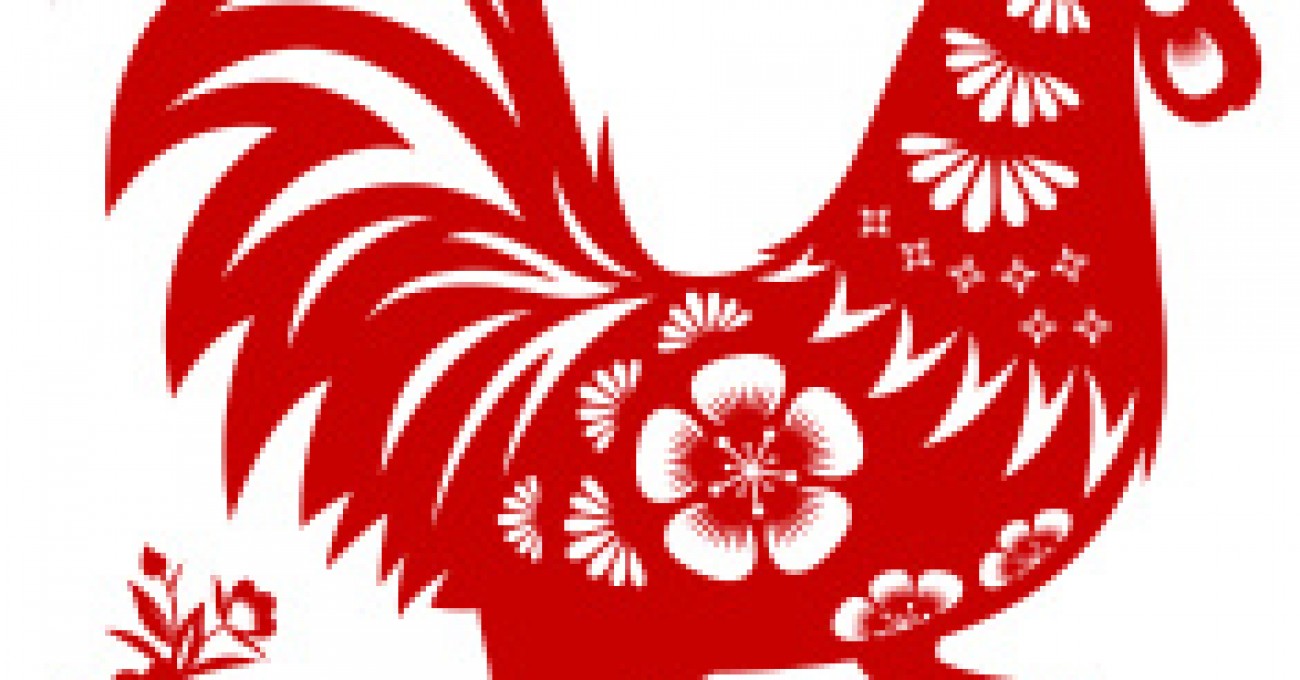WHAT CHINESE NEW YEAR MEANS TO A NON-CHINESE CHILD
Growing up in Hong Kong to non-Chinese parents, my siblings and I always looked forward to Chinese New Year, as a follow-on after Christmas, mainly because the New Year meant another long stretch of holidays ranging from three to five days, depending on how close we were to the weekend.
In Hong Kong, Chinese New Year was also known as the Spring Festival. In the days preceding the New Year, our Chinese amah (helper) would thoroughly spring clean our home. We would then be enlisted to help her at the wet market stocking up on food, as most shops would be closed during the first three days of Chinese New Year.
Every year, it was traditional to visit Victoria Park, a huge park in the middle of the city, which was transformed into a Chinese New Year bazaar, with hundreds of stalls selling Chinese New Year snacks, stuffed toys, and an array of plants. We would always bring home a pot of Mandarin oranges, or kumquat, as the homonym (word sharing the same pronunciation, but have different meanings) for kum sounds like the word for gold in Cantonese, symbolizing wealth and success, and quat sounds like luck.
As our amah was Cantonese, she would always insist on preparing a feast for our “reunion dinner”. I could not understand as a child, why we had to “reunite” as a family, as after all, we saw each other every day. However, I appreciated this tradition as my siblings and I got older, and left home to venture abroad. I remember always having steamed fish on the menu, as the Cantonese word for fish is yu, which sounds like the words abundance and surplus. Traditionally, some of the fish had to be deliberately left behind to represent more abundance and surpluses in the coming year.
Another favourite of mine was Nian Gao or “Year Cake”. Whilst this is readily available the whole year round, it is very popular at Chinese New Year, as the homonym for nian gao is “higher year” or raising one’s status in the coming year. This glutinous rice-based cake is consumed for good luck, and can be eaten as is, or fried with egg yolk.
Of course the best part of Chinese New Year for a child was to watch the lion dances, and receive lots of lai sees or red packets (which were always given in pairs) from our parents, married relatives and friends. On the 15th day of the New Year, it was always a thrill to open up all our lai sees to see how prosperous our pockets would be.
On this note, I would like to wish you and your family Kung Hei Fat Choy. May the Year of the Rooster bring you good health, much happiness and prosperity.




